
Brine Freezing Market Growth, Size Analysis and Outllok 2034
Brine Freezing Market Growth, Size, Trends Analysis - By Freezing Process, By Product, By End User - Regional Outlook, Competitive Strategies and Segment Forecast to 2034
| Published: Nov-2025 | Report ID: SEMI2599 | Pages: 1 - 231 | Formats*: |
| Category : Semiconductor and Electronics | |||
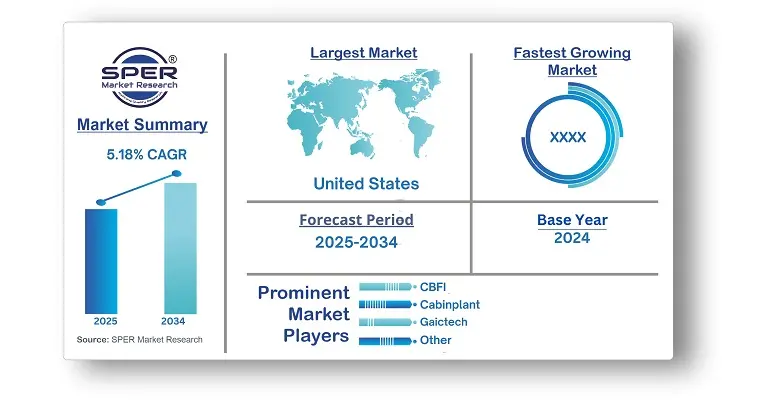
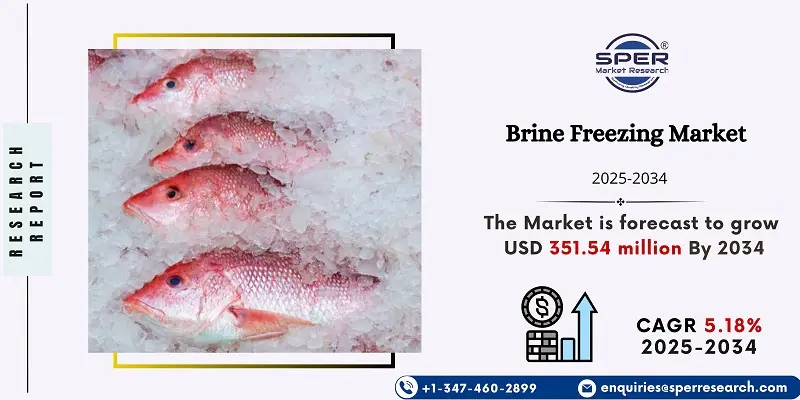
- In February 2025, TxDOT began spraying brine on Granbury's key roadways in preparation for freezing temperatures to increase winter travel safety. Brine, a water and salt mixture, is used proactively to prevent ice from sticking to pavement. It also serves as a de-icing agent when applied after ice has developed. This approach is both efficient and cost-effective, operating at temperatures as low as -6 °F and costing less than other chemical alternatives. TxDOT sprays the brine at a rate of 30-60 gallons per lane mile with specialized equipment, thereby improving road safety and reducing environmental effect.
| Report Metric | Details |
| Market size available for years | 2021-2034 |
| Base year considered | 2024 |
| Forecast period | 2025-2034 |
| Segments covered | By Freezing Process, By Product, By End User |
| Regions covered | North America, Latin America, Asia-Pacific, Europe, Middle East & Africa |
| Companies Covered | CBFI, Cabinplant, Gaictech, Indus Refrigeration, Moon-Tech, Olen, Optimar, Palinox, SMT Coldchain Technology, Wolfking. |
- Global Brine Freezing Market Size (FY’2021-FY’2034)
- Overview of Global Brine Freezing Market
- Segmentation of Global Brine Freezing Market By Freezing Process (Batch, Continuous, Shower)
- Segmentation of Global Brine Freezing Market By Product (Whole fish, Shellfish, Fillets)
- Segmentation of Global Brine Freezing Market By End User (Seafood processing plants, Canning factories, Others)
- Statistical Snap of Global Brine Freezing Market
- Expansion Analysis of Global Brine Freezing Market
- Problems and Obstacles in Global Brine Freezing Market
- Competitive Landscape in the Global Brine Freezing Market
- Details on Current Investment in Global Brine Freezing Market
- Competitive Analysis of Global Brine Freezing Market
- Prominent Players in the Global Brine Freezing Market
- SWOT Analysis of Global Brine Freezing Market
- Global Brine Freezing Market Future Outlook and Projections (FY’2025-FY’2034)
- Recommendations from Analyst
- 1.1. Scope of the report
- 1.2. Market segment analysis
- 2.1. Research data source
- 2.1.1. Secondary Data
- 2.1.2. Primary Data
- 2.1.3. SPERs internal database
- 2.1.4. Premium insight from KOLs
- 2.2. Market size estimation
- 2.2.1. Top-down and Bottom-up approach
- 2.3. Data triangulation
- 4.1. Driver, Restraint, Opportunity and Challenges analysis
- 4.1.1. Drivers
- 4.1.2. Restraints
- 4.1.3. Opportunities
- 4.1.4. Challenges
- 5.1. SWOT Analysis
- 5.1.1. Strengths
- 5.1.2. Weaknesses
- 5.1.3. Opportunities
- 5.1.4. Threats
- 5.2. PESTEL Analysis
- 5.2.1. Political Landscape
- 5.2.2. Economic Landscape
- 5.2.3. Social Landscape
- 5.2.4. Technological Landscape
- 5.2.5. Environmental Landscape
- 5.2.6. Legal Landscape
- 5.3. PORTERs Five Forces
- 5.3.1. Bargaining power of suppliers
- 5.3.2. Bargaining power of buyers
- 5.3.3. Threat of Substitute
- 5.3.4. Threat of new entrant
- 5.3.5. Competitive rivalry
- 5.4. Heat Map Analysis
- 6.1. Global Brine Freezing Market Manufacturing Base Distribution, Sales Area, Product Type
- 6.2. Mergers & Acquisitions, Partnerships, Product Launch, and Collaboration in Global Brine Freezing Market
- 7.1. Batch
- 7.2. Continuous
- 7.3. Shower
- 8.1. Whole fish
- 8.2. Shellfish
- 8.3. Fillets
- 9.1. Seafood processing plants
- 9.2. Canning factories
- 9.3. Others
- 10.1. Global Brine Freezing Market Size and Market Share
- 11.1. Asia-Pacific
- 11.1.1. Australia
- 11.1.2. China
- 11.1.3. India
- 11.1.4. Japan
- 11.1.5. South Korea
- 11.1.6. Rest of Asia-Pacific
- 11.2. Europe
- 11.2.1. France
- 11.2.2. Germany
- 11.2.3. Italy
- 11.2.4. Spain
- 11.2.5. United Kingdom
- 11.2.6. Rest of Europe
- 11.3. Middle East and Africa
- 11.3.1. Kingdom of Saudi Arabia
- 11.3.2. United Arab Emirates
- 11.3.3. Qatar
- 11.3.4. South Africa
- 11.3.5. Egypt
- 11.3.6. Morocco
- 11.3.7. Nigeria
- 11.3.8. Rest of Middle-East and Africa
- 11.4. North America
- 11.4.1. Canada
- 11.4.2. Mexico
- 11.4.3. United States
- 11.5. Latin America
- 11.5.1. Argentina
- 11.5.2. Brazil
- 11.5.3. Rest of Latin America
- 12.1. CBFI
- 12.1.1. Company details
- 12.1.2. Financial outlook
- 12.1.3. Product summary
- 12.1.4. Recent developments
- 12.2. Cabinplant
- 12.2.1. Company details
- 12.2.2. Financial outlook
- 12.2.3. Product summary
- 12.2.4. Recent developments
- 12.3. Gaictech
- 12.3.1. Company details
- 12.3.2. Financial outlook
- 12.3.3. Product summary
- 12.3.4. Recent developments
- 12.4. Indus Refrigeration
- 12.4.1. Company details
- 12.4.2. Financial outlook
- 12.4.3. Product summary
- 12.4.4. Recent developments
- 12.5. Moon-Tech
- 12.6. Company details
- 12.6.1. Financial outlook
- 12.6.2. Product summary
- 12.6.3. Recent developments
- 12.7. Olen
- 12.7.1. Company details
- 12.7.2. Financial outlook
- 12.7.3. Product summary
- 12.7.4. Recent developments
- 12.8. Optimar
- 12.8.1. Company details
- 12.8.2. Financial outlook
- 12.8.3. Product summary
- 12.8.4. Recent developments
- 12.9. Palinox
- 12.9.1. Company details
- 12.9.2. Financial outlook
- 12.9.3. Product summary
- 12.9.4. Recent developments
- 12.10. SMT Coldchain Technology
- 12.10.1. Company details
- 12.10.2. Financial outlook
- 12.10.3. Product summary
- 12.10.4. Recent developments
- 12.11. Wolfking
- 12.11.1. Company details
- 12.11.2. Financial outlook
- 12.11.3. Product summary
- 12.11.4. Recent developments
- 12.12. Others
SPER Market Research’s methodology uses great emphasis on primary research to ensure that the market intelligence insights are up to date, reliable and accurate. Primary interviews are done with players involved in each phase of a supply chain to analyze the market forecasting. The secondary research method is used to help you fully understand how the future markets and the spending patterns look likes.
The report is based on in-depth qualitative and quantitative analysis of the Product Market. The quantitative analysis involves the application of various projection and sampling techniques. The qualitative analysis involves primary interviews, surveys, and vendor briefings. The data gathered as a result of these processes are validated through experts opinion. Our research methodology entails an ideal mixture of primary and secondary initiatives.

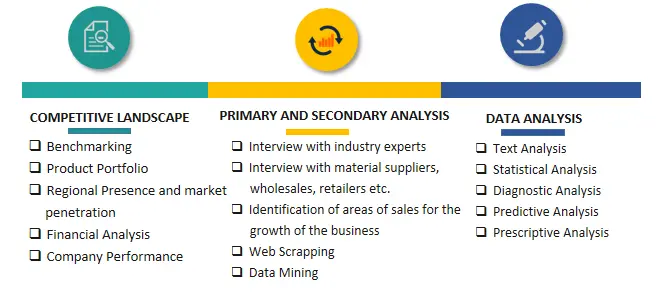

Frequently Asked Questions About This Report
PLACE AN ORDER
Year End Discount
Sample Report
Pre-Purchase Inquiry
NEED CUSTOMIZATION?
Request CustomizationCALL OR EMAIL US
100% Secure Payment
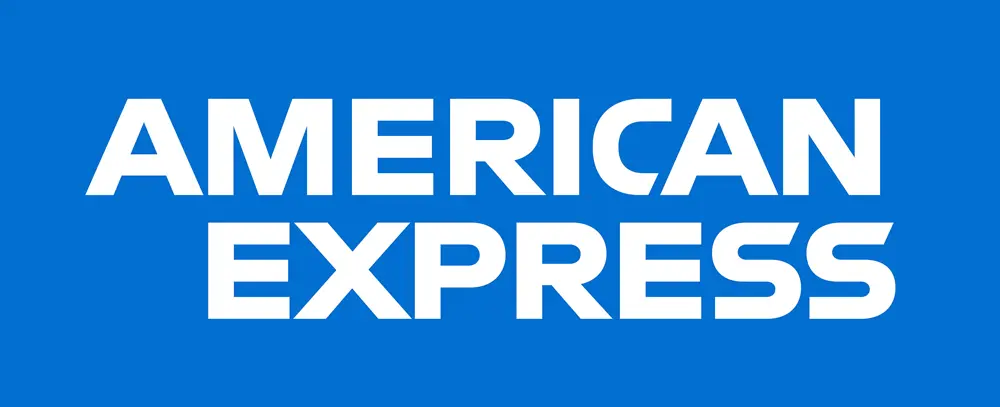
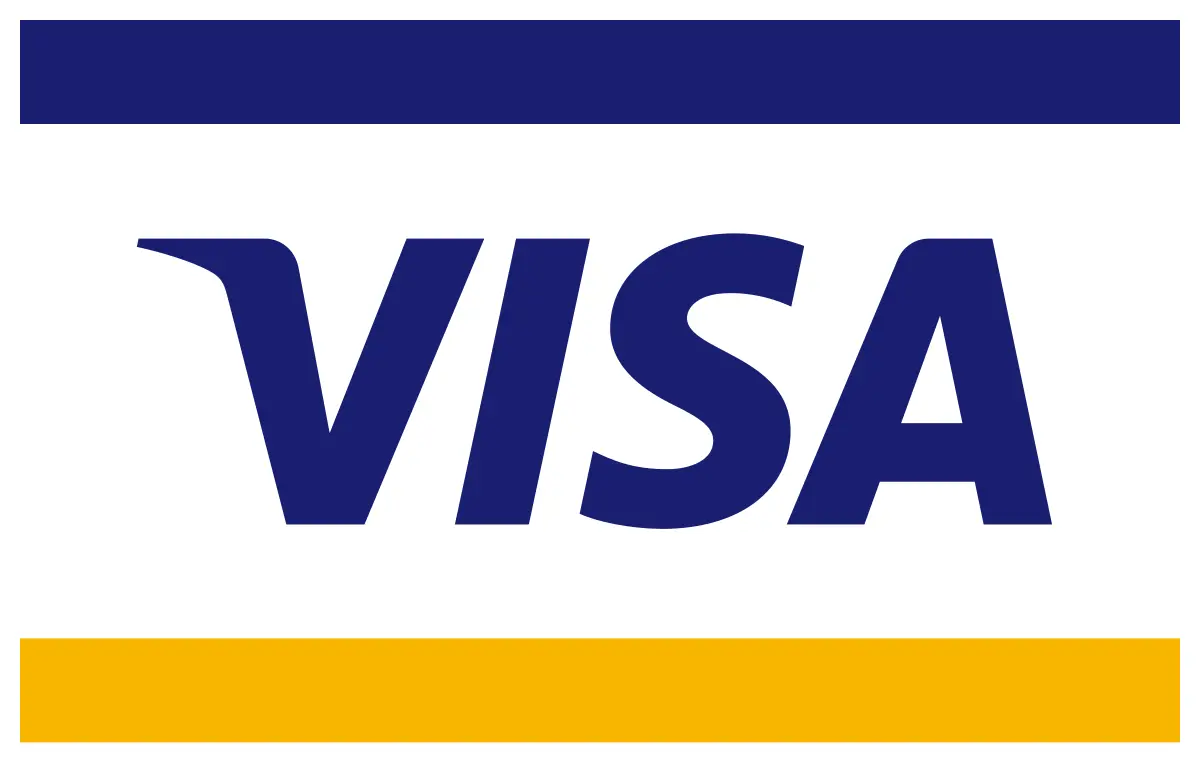

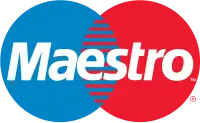


Related Reports
Our Global Clients
Our data-driven insights have influenced the strategy of 200+ reputed companies across the globe.






















